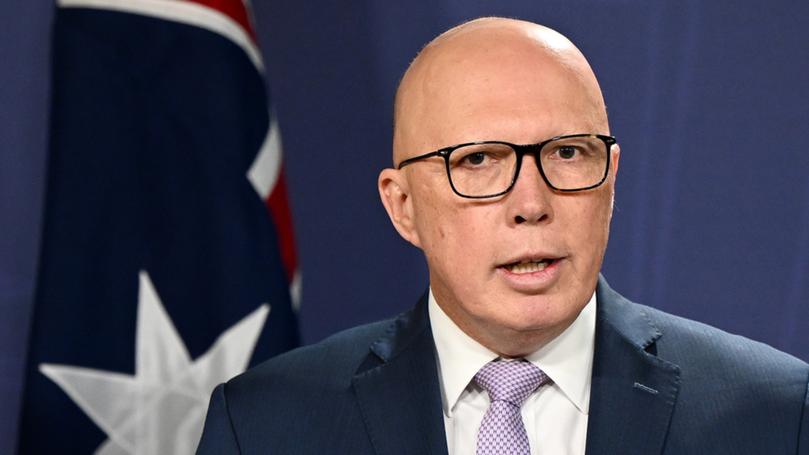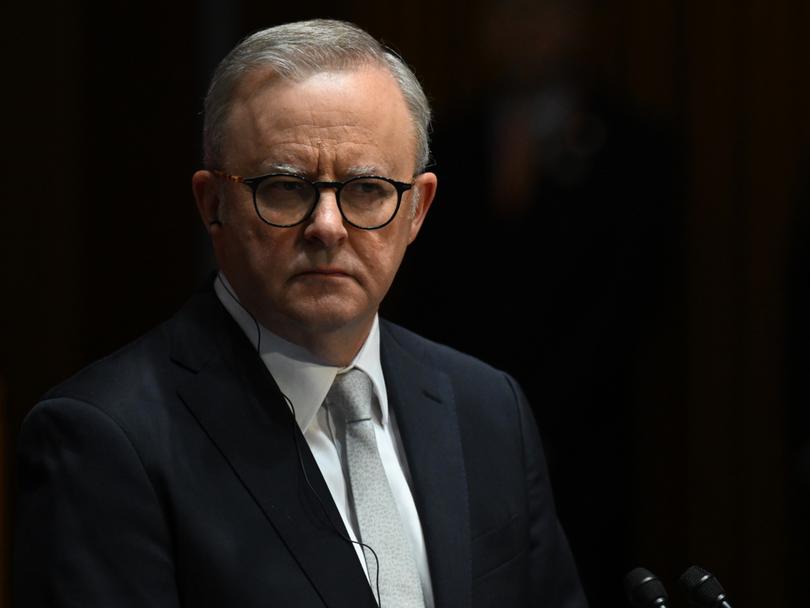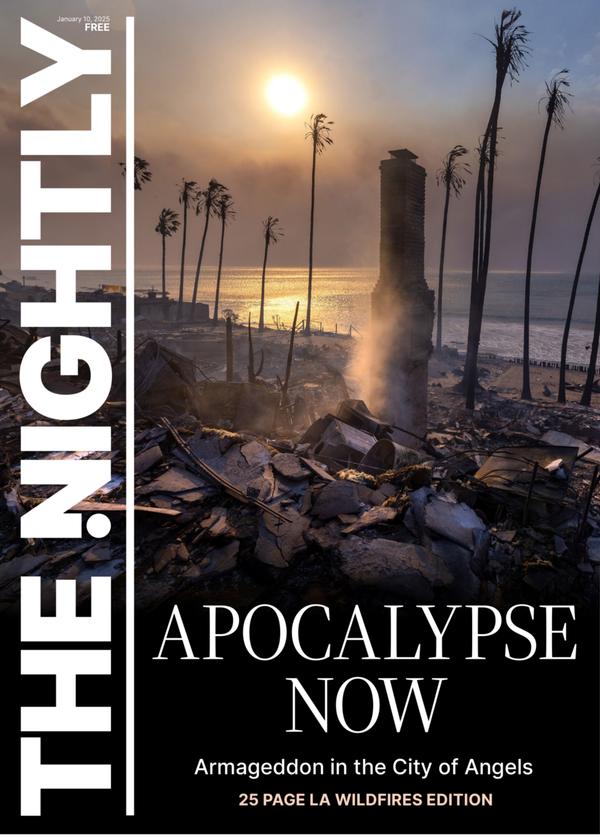Nuclear energy: Expert predicts $100b price tag for Peter Dutton’s seven reactors

Peter Dutton’s seven nuclear reactors could carry a price tag of $100 billion, an expert predicts, as the Opposition promises to release its full costings before the election.
Mr Dutton’s long-awaited coal-to-nuclear plan was dismissed as a “scam” after it didn’t include the potential cost to build reactors at the proposed sites — including Collie in WA.
The cost is particularly relevant given the Commonwealth would own the assets under Mr Dutton’s proposal, leaving taxpayers on the hook for budget blowouts.
Sign up to The Nightly's newsletters.
Get the first look at the digital newspaper, curated daily stories and breaking headlines delivered to your inbox.
By continuing you agree to our Terms and Privacy Policy.Mr Dutton has defended the decision to withhold the costings, saying the Coalition wouldn’t be “held hostage” to Labor’s “scare campaigns”.
“We want the information out there in bite-sized bits, if you like, so that people can consume exactly what it is that we’re proposing and understand what it’s not proposing,” Mr Dutton said.
Shadow treasurer Angus Taylor confirmed the full costings would be released prior to the next federal election, due in May 2025, but wouldn’t provide a more specific timeframe.
Prime Minister Anthony Albanese predicted the costings would remain hidden from voters as he again attacked Mr Dutton’s plan as a “fantasy”.

“Now, you would have us believe that a mob who’d struggle to assemble an Ikea flat-pack are going to start from scratch and be able to develop a nuclear energy industry in Australia, even though they can’t say what form the nuclear reactors will take,” Mr Albanese said.
The potential cost of building a nuclear reactor is cited by critics, including Labor, to argue the technology is economically unviable in Australia.
The CSIRO and AEMO last month published their annual GenCost report, which found it would cost at least $8.5 billion to build a large scale 1GW nuclear plant.
The price could reach $17 billion for the first power plant when a “first of its kind” premium is slapped on.
Rob Parker from Nuclear for Climate said those numbers were “pretty reliable”.
Small modular reactors have been proposed for Collie and Port Augusta in South Australia, with larger plants earmarked for the five other locations across Queensland, NSW and Victoria.
The first reactor would be generating power from 2035-2037 with all seven sites up and running by 2050 under a timeline dubbed unrealistic by critics.
While Liberal sources anticipate a cost of between $3.5 billion and $5 billion for each 300MW-small modular reactor, some experts said it would be just as expensive to build a large-scale plant.
Climate Energy Finance director Tim Buckley believed CSIRO’s modelling was conservative, estimating the capital cost of the entire project at between $80 billion and $100 billion.
“On top of that, you’re looking at $30 billion to $50 billion for the rehabilitation in 60 years time when they have to be decommissioned, another $10 billion for upgrades and refurbishments in 30 years’ time,” he said.
Electrical engineer Robert Barr said nuclear power would provide “low-cost solutions” for customers.
He said that unlike Labor’s plan to build new transmission lines to carry more renewables, the infrastructure was already in place for nuclear — saving taxpayers from potentially billions of dollars.
“My modelling, and I’ve modelled various systems, is when you get to very high levels of wind and solar generation, the transmission and integration costs become large, and the storage requirements become expensive,” he said.
“Having a compact grid, like what is proposed with nuclear, will have a very good flow on.”
Physicist Ken Baldwin from ANU rubbished suggestions a small modular reactor would be cheaper than a large-scale plant.
“Sure, the dollar amount you spend on an SMR is less than the dollar amount of a 1gW plant, but in terms of how much it generates over its lifetime, it could become the same price,” Professor Baldwin said.
Given there are only a small number of small modular reactors currently in operation, he said it was hard to predict whether they would have the same lifetime as a big plant.
